Why Sarawak in Malaysia is Poised to Become the Core Region for International Specialty Liberica Coffee (Part Two)
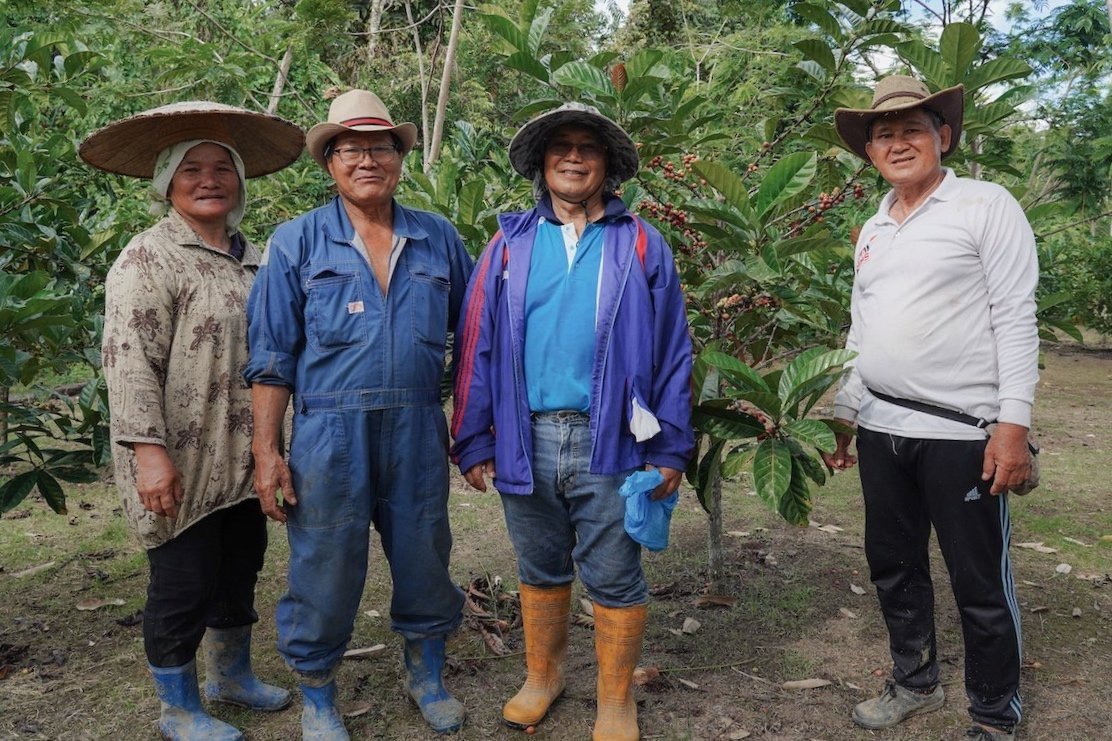
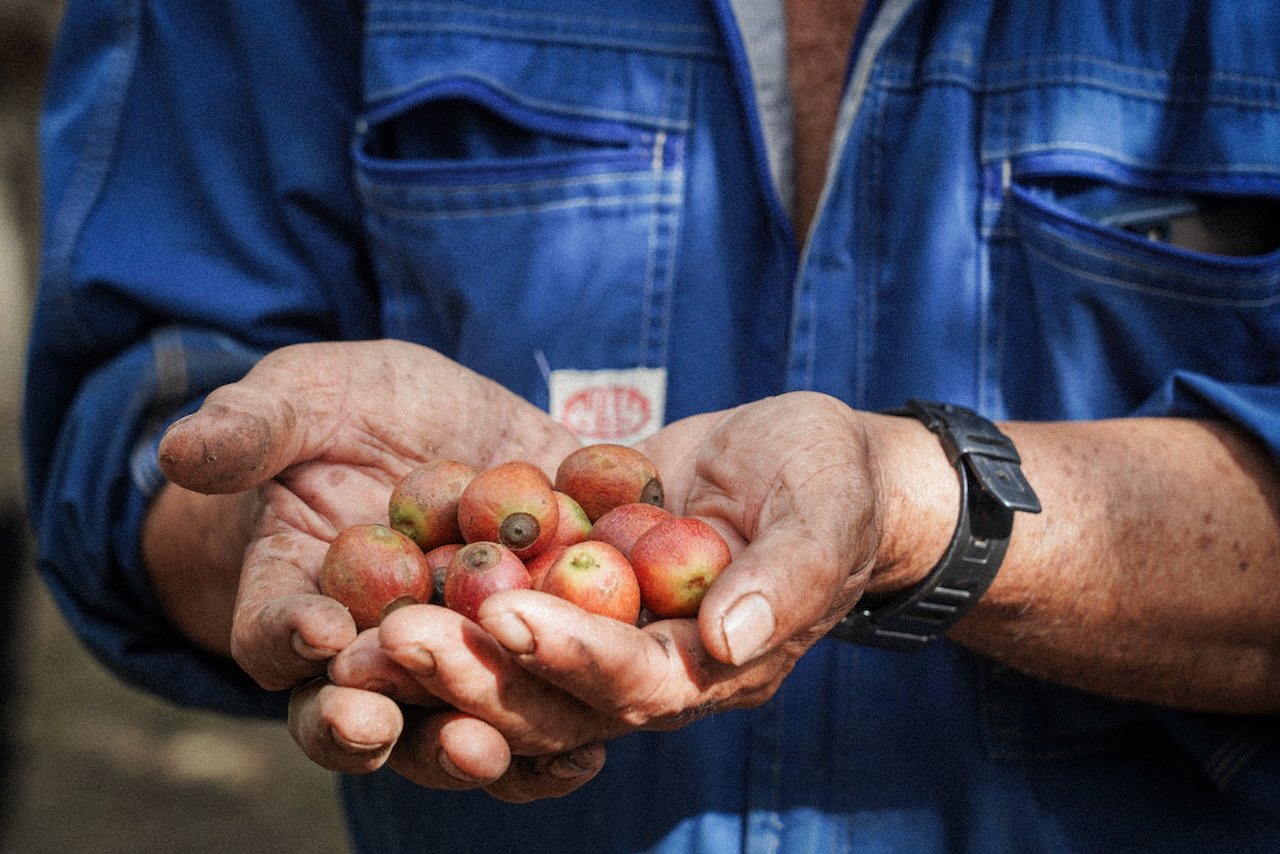
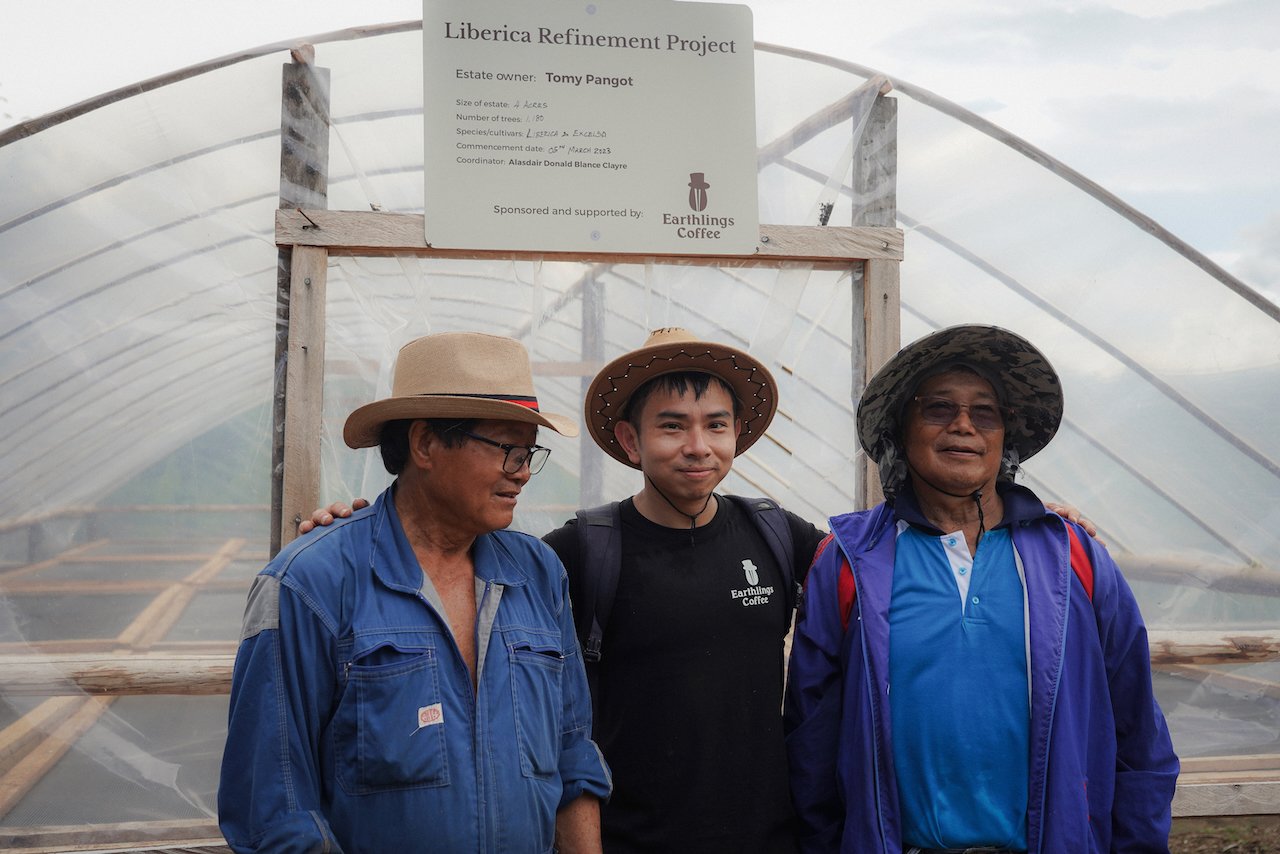
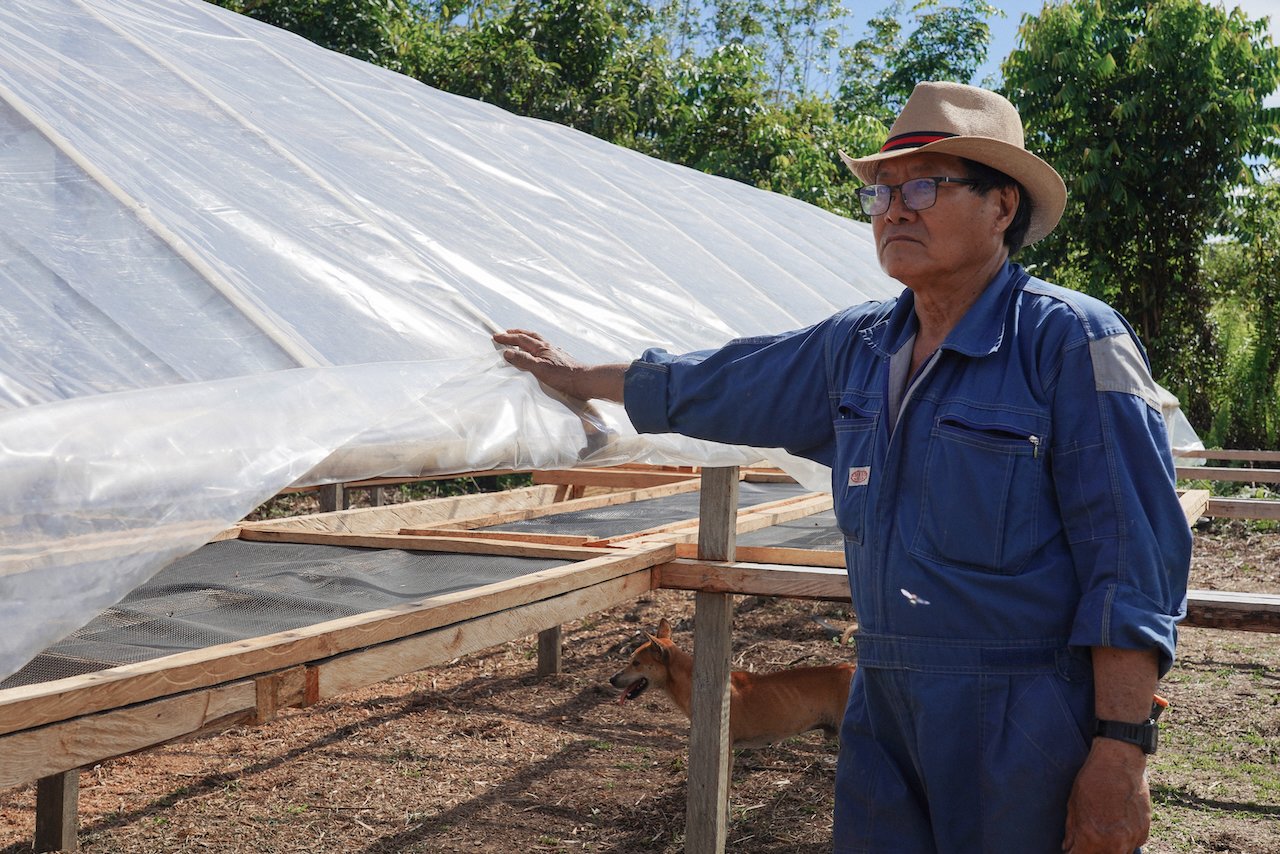
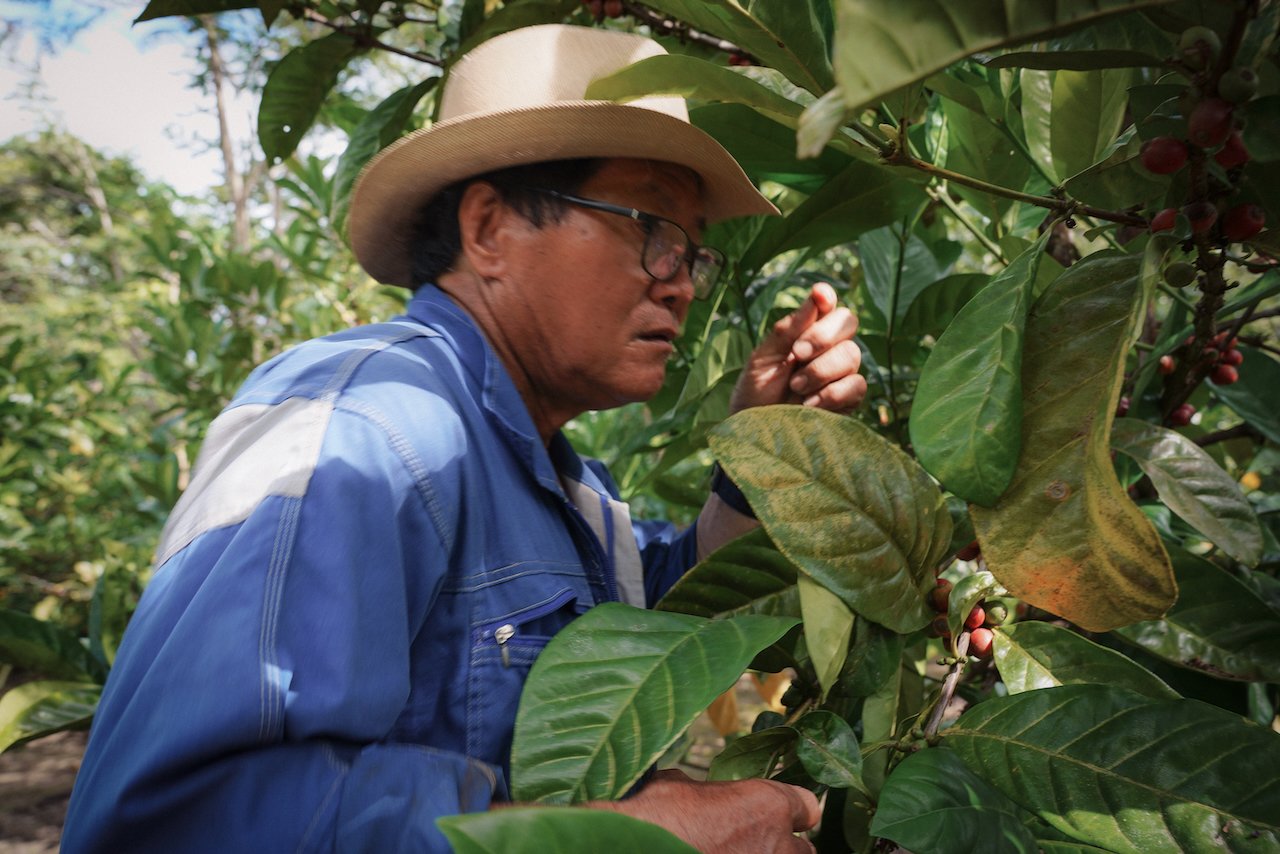
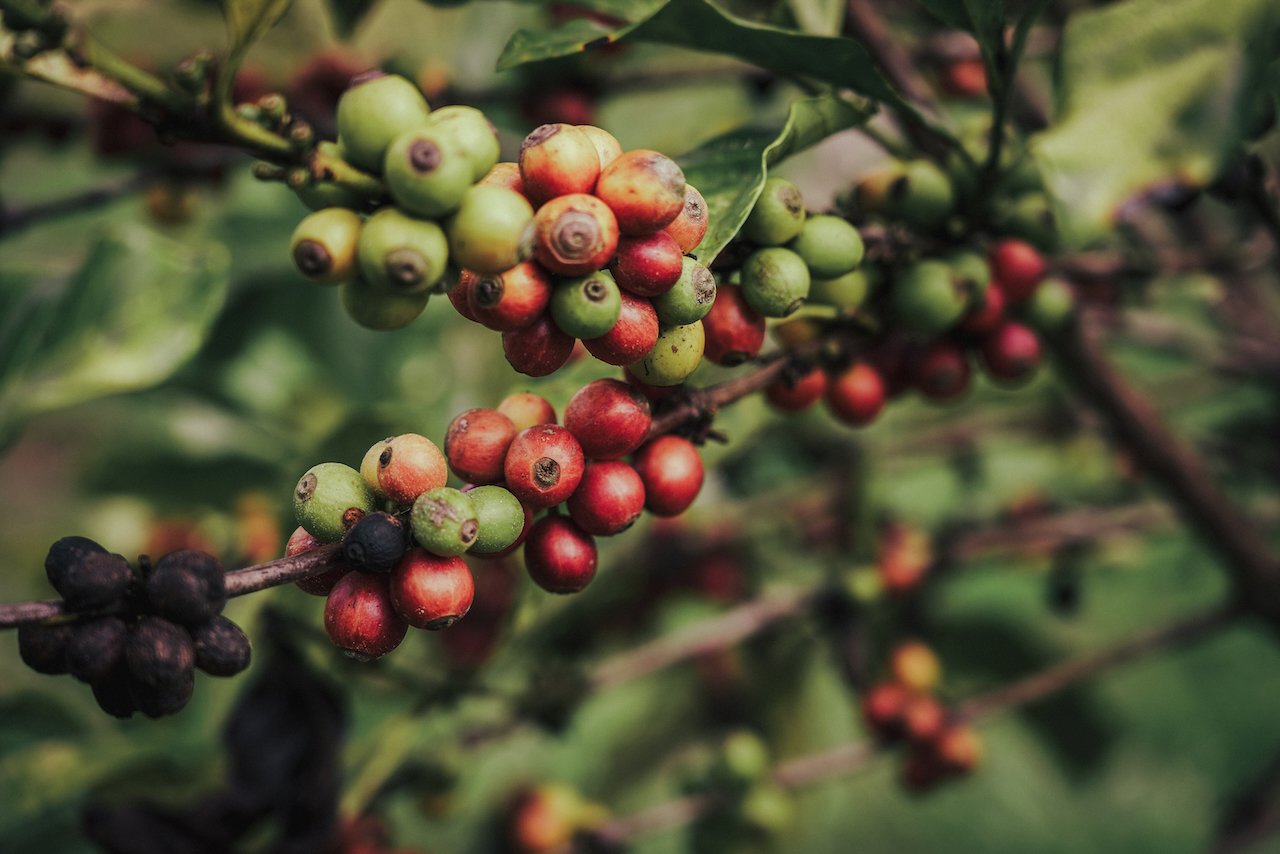
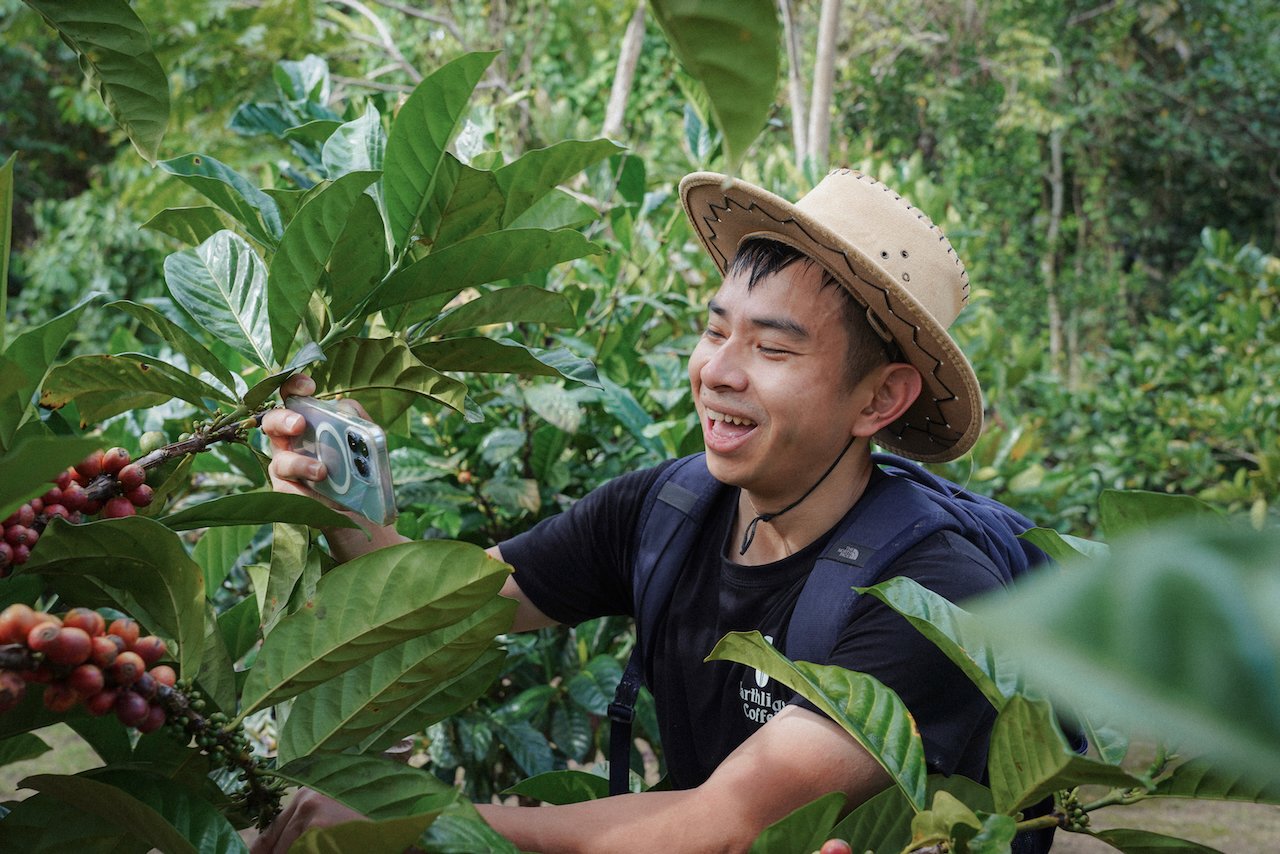
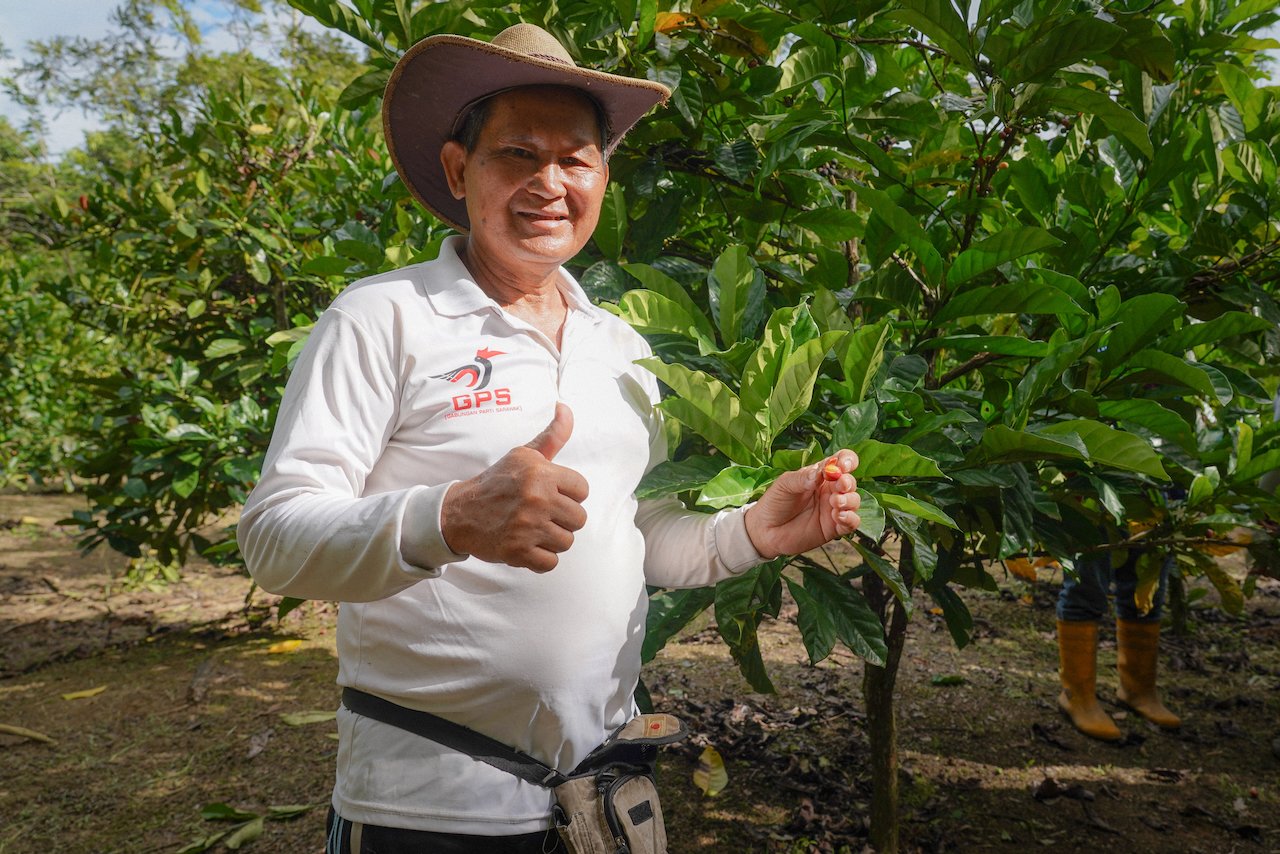
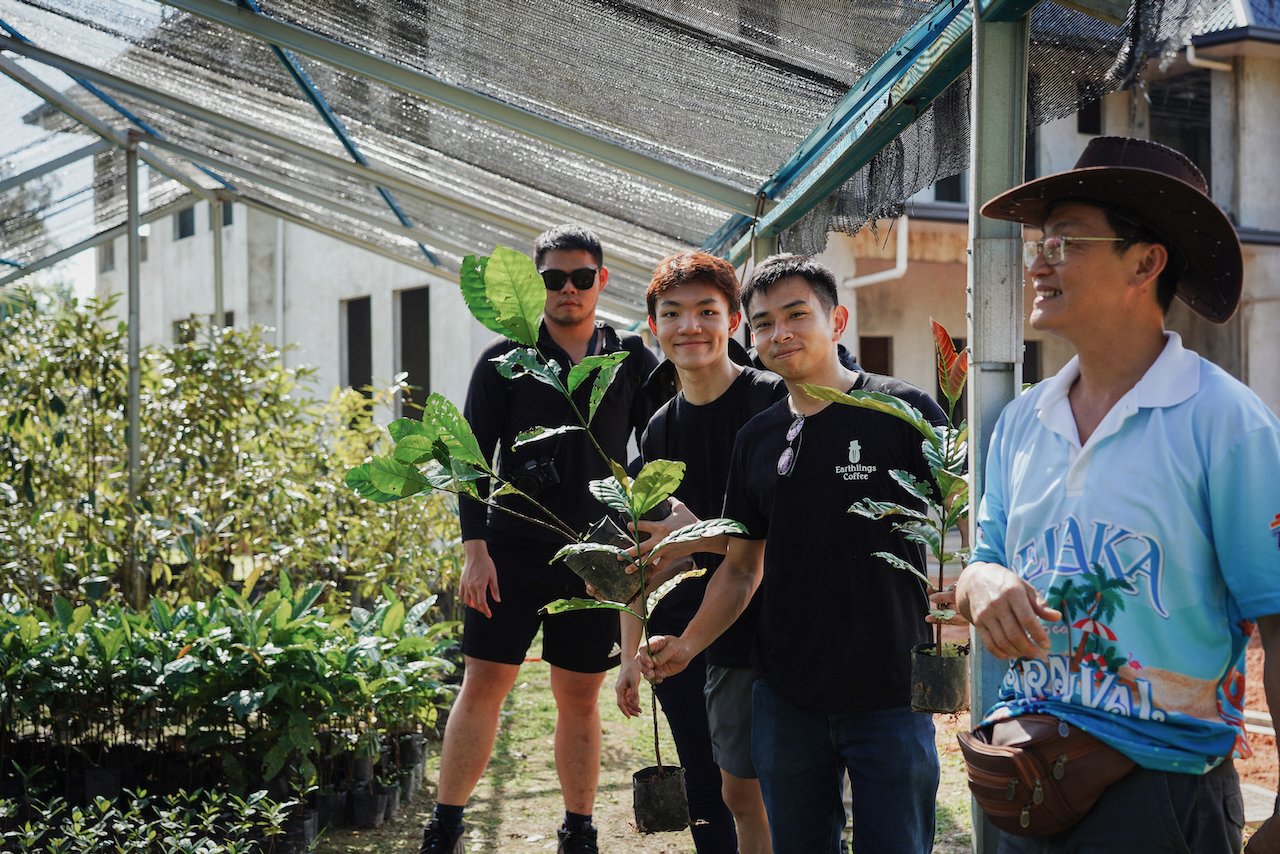
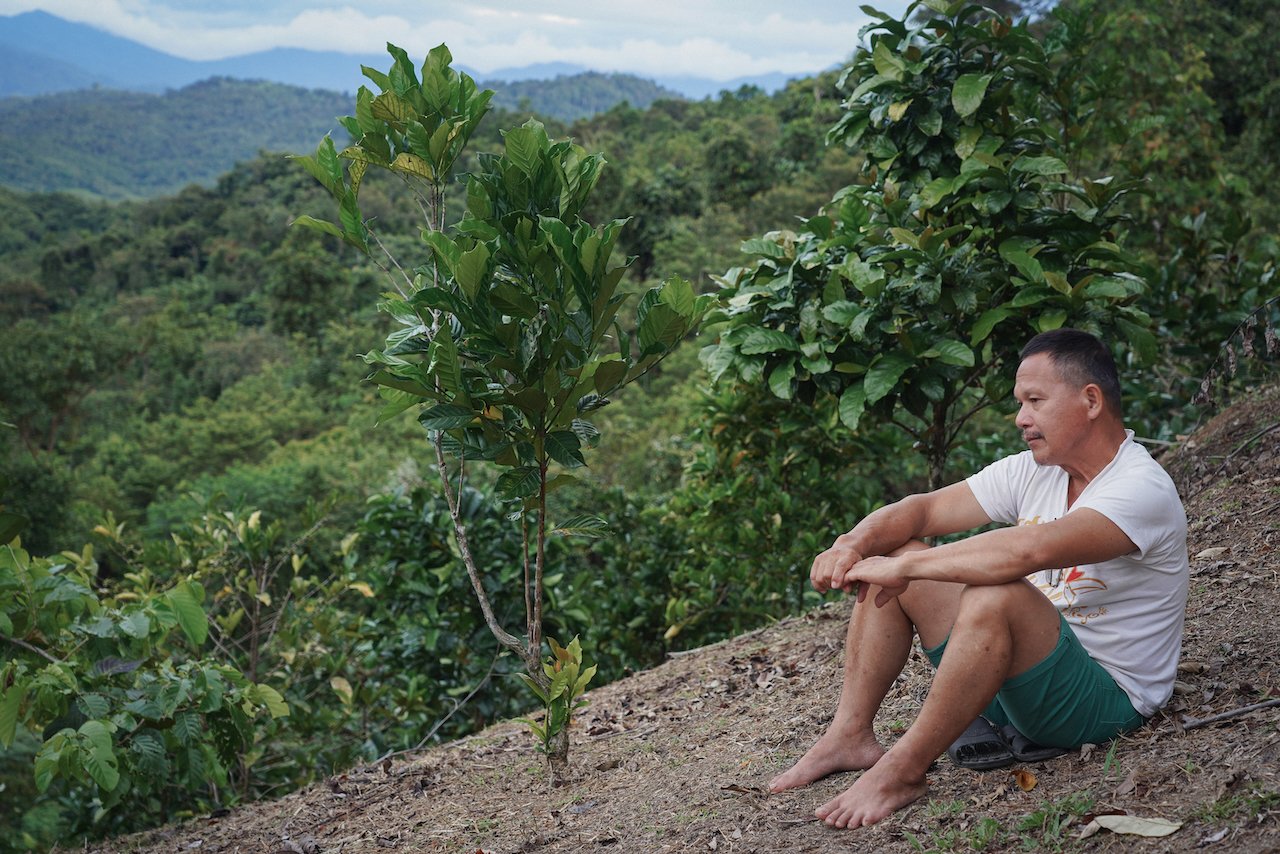
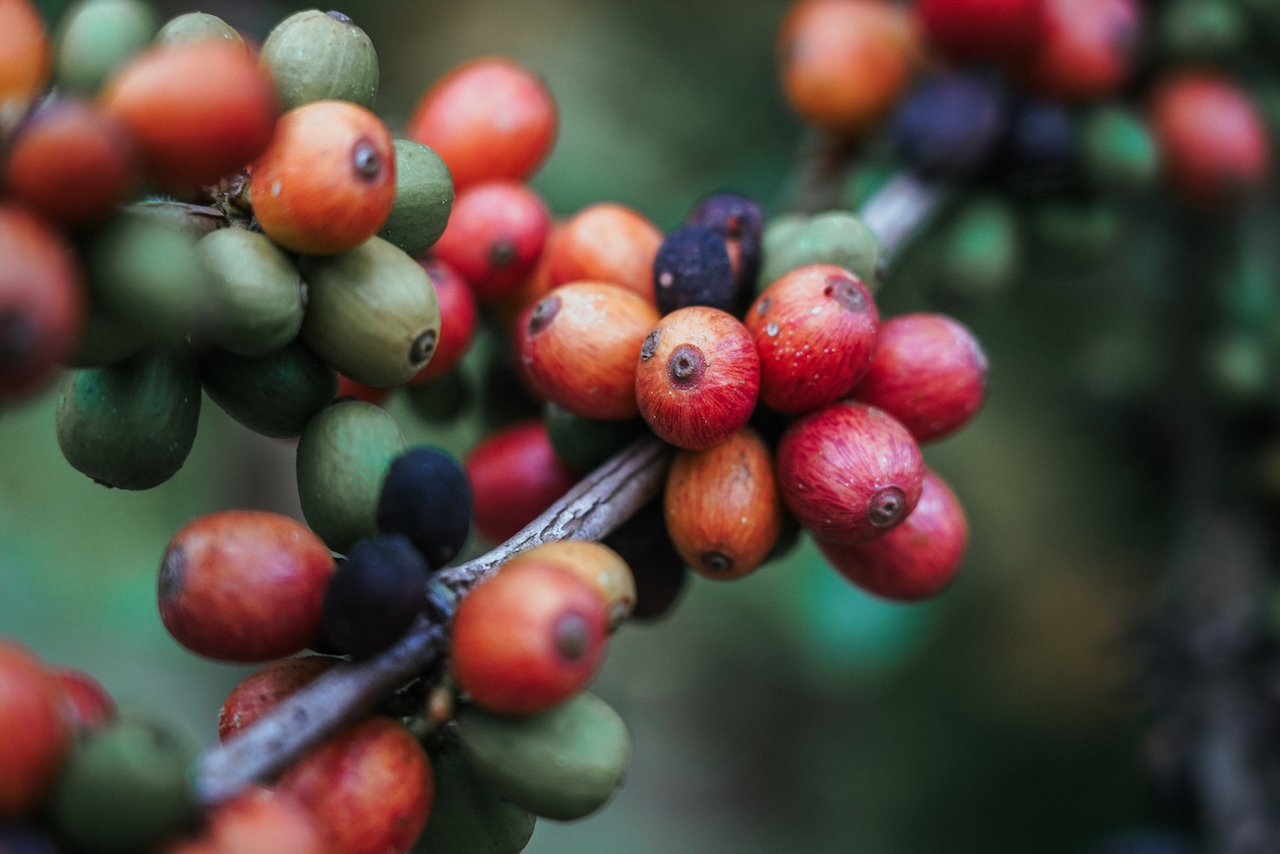
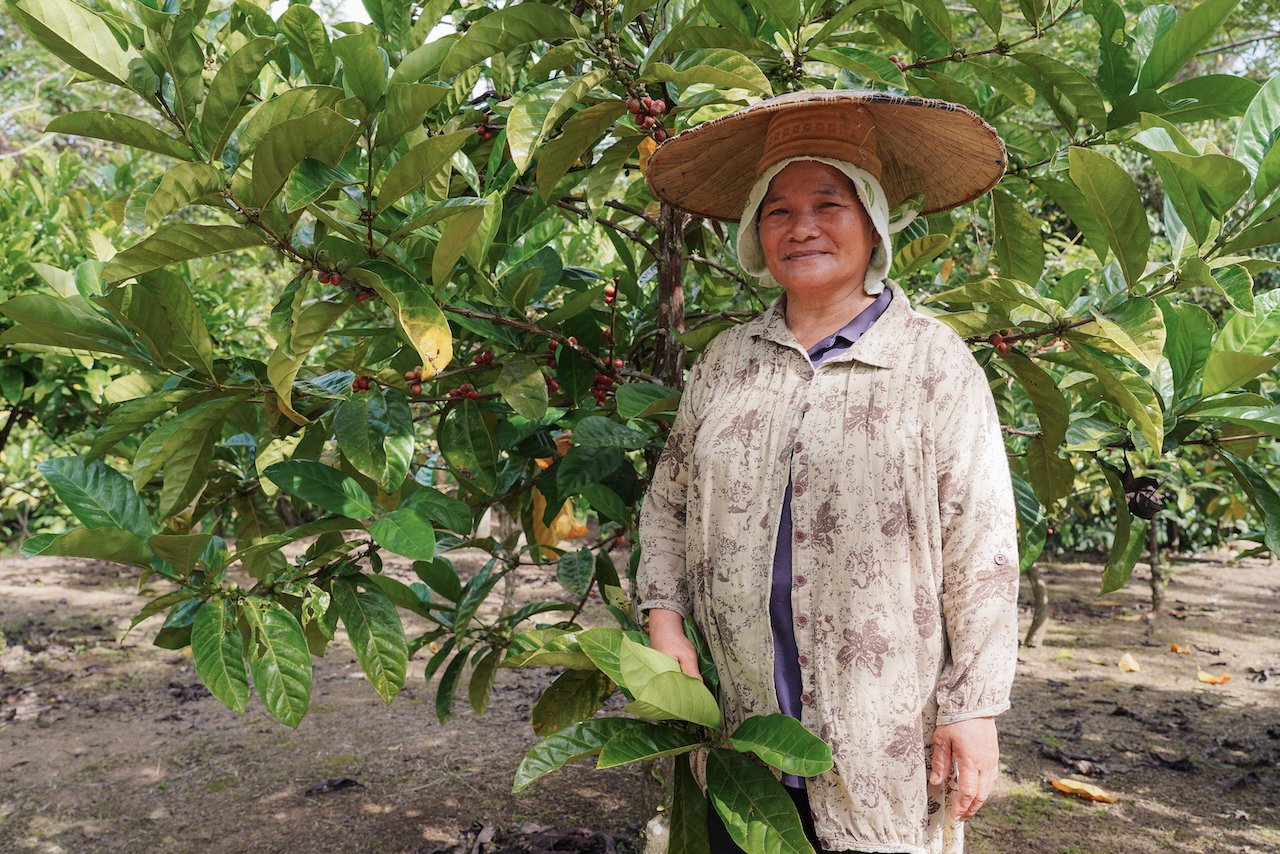
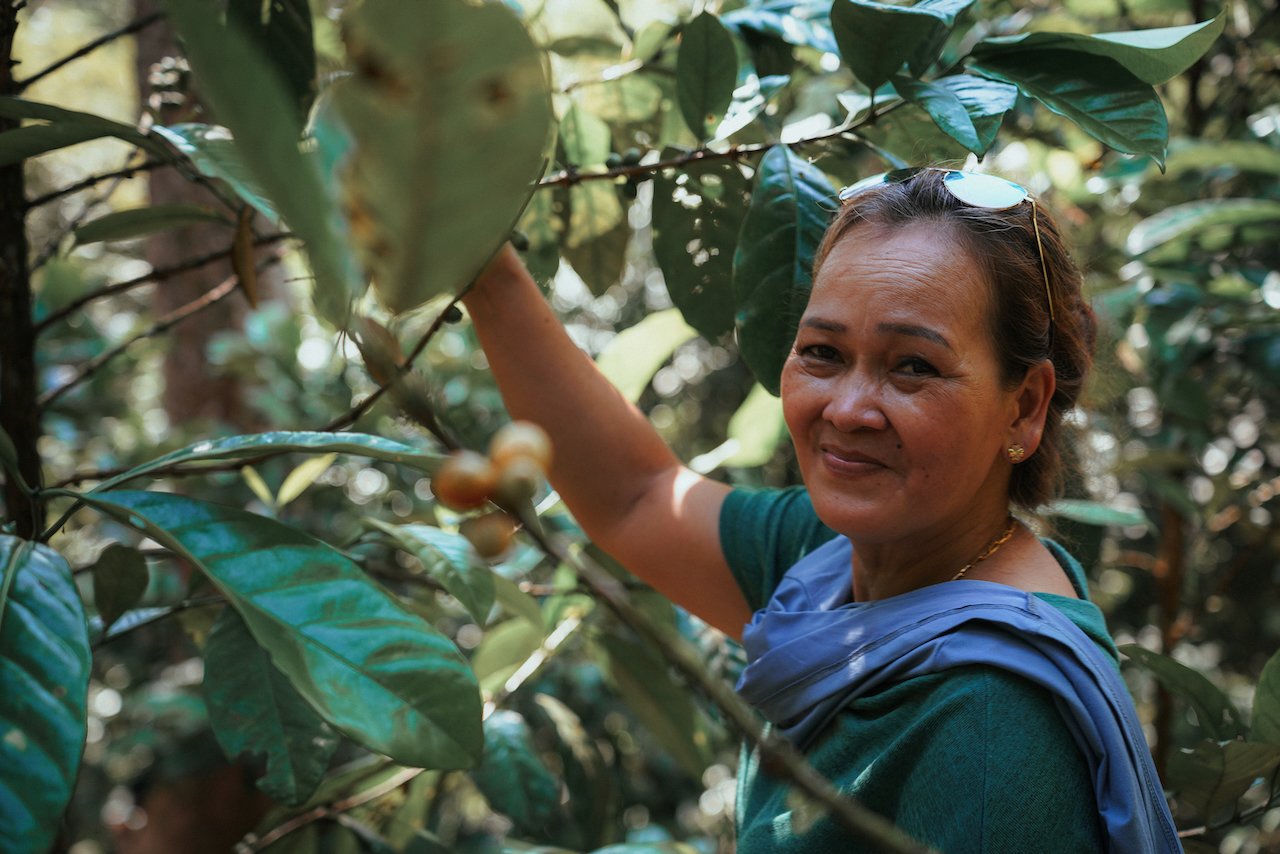
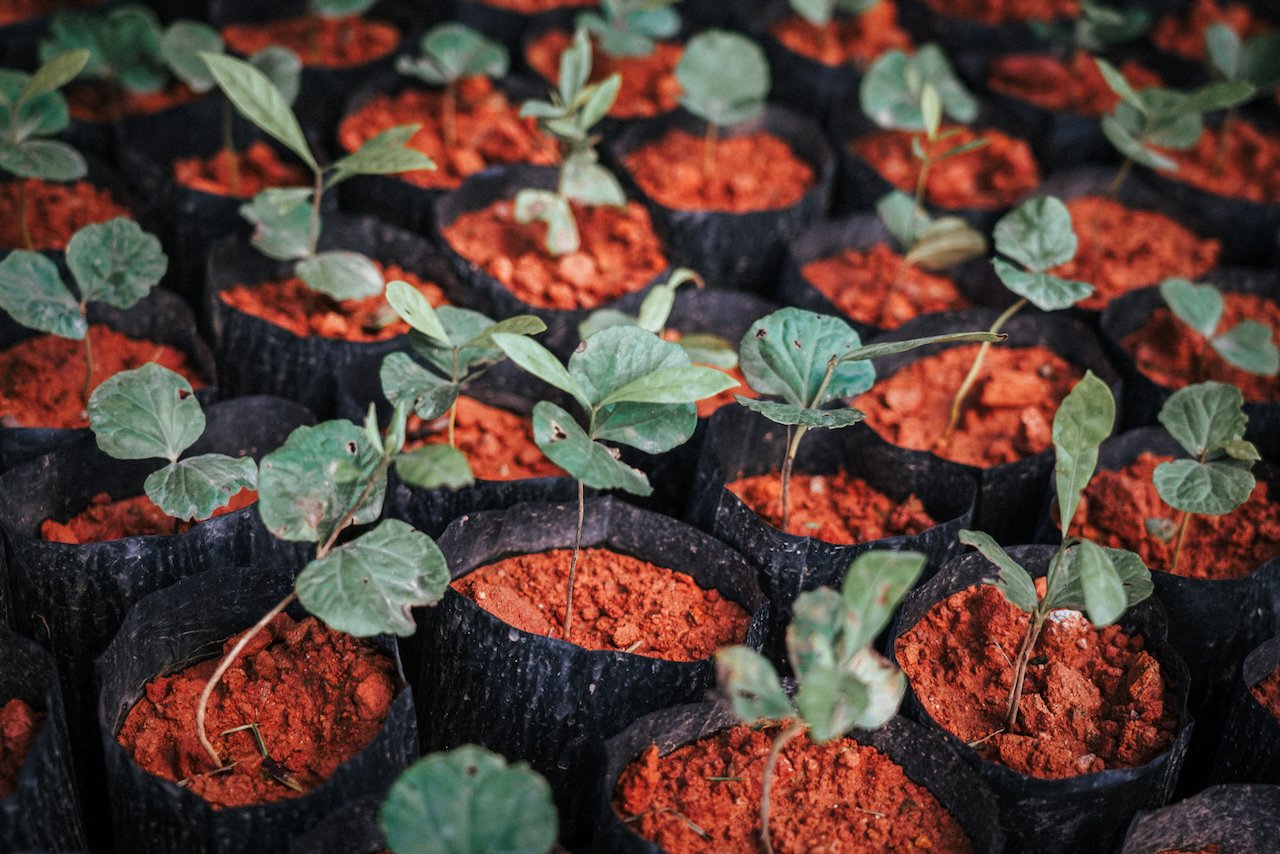
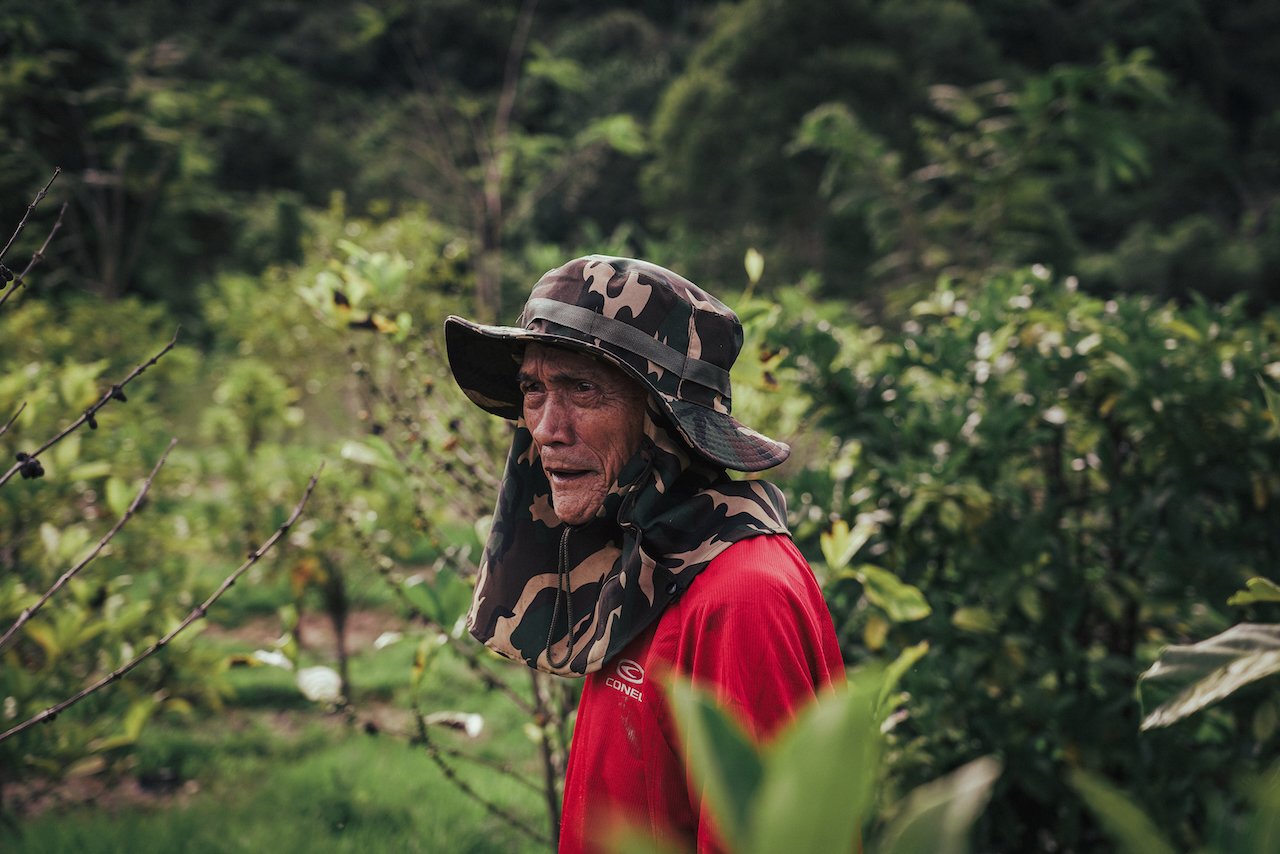
By Dr Kenny Lee Wee Ting
Photo credit: GP Teo
Among the approximately 125 million coffee farmers worldwide, over 75% of coffee farming households live below the poverty line. This is even before the climate has become extreme. What about the future? If we aim to help indigenous communities in Sarawak to improve their livelihood through coffee farming, we do not want them to fall into that 75%. Therefore, we must have a genuine and profound understanding of the crop economy and future trends in global coffee development.
Question 5: What is the biggest obstacle to the development of Liberica coffee in Sarawak?
The most apparent issue now is the limited understanding and undervaluation of up-to-date coffee knowledge among local coffee farmers. Their mindset treats coffee production as a conventional, rudimentary food crop process, lacking craftsmanship and unified grading standards. Additionally, there is a lack of sufficient understanding of the complex and diverse market segments in the global coffee industry.
Moreover, some local coffee middlemen often hold biased views regarding the production costs of coffee. They try to suppress Liberica green coffee prices down to the traditional coffee (kopi) level. Such action prevents local farmers from obtaining sustainable returns and perpetuates a vicious cycle of cheap quality, cheap market. Therefore the local Liberica quality can hardly improve.
The most apparent issue now is the limited understanding and undervaluation of up-to-date coffee knowledge among local coffee farmers. Their mindset treats coffee production as a conventional, rudimentary food crop process, lacking craftsmanship and unified grading standards. Additionally, there is a lack of sufficient understanding of the complex and diverse market segments in the global coffee industry.
Moreover, some local coffee buyers often hold biased views regarding the production costs of coffee. They try to suppress Liberica green coffee prices down to the traditional coffee (kopi) level. Such action prevents local farmers from obtaining sustainable returns and perpetuates a vicious cycle of cheap quality, cheap market. Therefore the local Liberica quality can hardly improve.
Unless we are referring to inexpensive commercial coffee, such as a local cup priced at RM1.50, it is essential to recognise that coffee, similar to red wine, is a "cultural beverage" that highly values flavour intricacies. Therefore, understanding the quality nuances emphasised in the specialty coffee market is crucial to produce coffee that aligns with specialty demands. Furthermore, higher returns from the specialty market segment fuel continuous quality improvement of local production.
Unfortunately, only a handful of individuals I have encountered believe that investing in coffee knowledge and employing professional consulting services are necessary and valuable for developing our local coffee industry. Many assume that planting coffee with minimal planning will yield significant returns after a few years. However, the reality is quite the opposite. Coffee is an incredibly intricate crop, similar to wine, where a cheap bottle may only cost you USD 3, while an artisan-crafted bottle can fetch well over USD 3000. This scenario also applies to the coffee world.
Take Arabica coffee as an example, the price of mediocre Arabica green beans can be as low as USD 2.5/kg. On the other hand, well-cultivated Arabica, such as internationally auctioned lots or champion coffees that have won the Best of Panama competition, prices can be more than USD 3000/kg.
In the world of Liberica coffee beans, the distinction between top-tier green beans and their subpar counterparts might not appear as pronounced as it does with Arabica beans. Prices can vary from USD 2.5 (RM 12) to USD 9 (RM 40) per kilogram. While the price gap may not seem staggering, even a modest fivefold difference between market segments holds immense significance. This pivotal decision between cultivating refined Liberica to cater to the high-end market or producing lower-quality beans for the more affordable coffee market plays a paramount role in shaping the industry's overall structure and determining its ultimate success.
We live in an information age where everyone wants to be treated fairly, including farmers. This is why the specialty coffee industry places great emphasis on transparency. Only through transparency can trust and effective communication be established among coffee producers, roasters, and end consumers.
The outdated practice of intermediaries attempting to profit from withholding information is unsustainable for producing high-quality coffee. Lack of transparency leads to market confusion, which weakens the willingness of contemporary farmers to produce exceptional coffees. This, too, becomes an obstacle to developing the Liberica industry.
Therefore, it is evident that the specialty coffee industry places significant importance on transparency.
Question 6: Can we promote coffee cultivation on a large scale in Sarawak to replace the hundreds of thousands of tons of coffee imported from Indonesia each year?
It is challenging.
Firstly, our local labour costs are higher compared to coffee-producing countries in Southeast Asia.
Secondly, our coffee industry has not yet achieved economies of scale.
Thirdly, the bulk of the coffee we import from Indonesia mainly consists of Canephora and Arabica varieties, which are entirely different from the Liberica we cultivate locally. There are significant differences in flavour and cost akin to the distinction between lychee and mango. It is difficult for them to replace each other.
The last point is that the beans we import for local traditional coffee usually cost between USD 1.8 and USD 3.5 per kilogram. From the perspective of coffee processing plants, the production cost of Liberica itself is already close to or exceeds USD 3.5/kg. Farmers need to earn a profit to sustain their livelihood.
From the standpoint of independent coffee smallholders, they face high processing costs, transportation costs, and transaction costs. It is challenging for them to establish stable trade channels independently.
Farmers who pursue mere survival without ideals and hopes find it difficult to produce truly refined and excellent coffee.
If we follow organic cultivation methods or plant coffee in shaded areas, the quality of coffee may improve, but the yield will decrease. This practice is even less viable for supplying the cheap coffee market.
During our encounter with farmers in Uma Bawang, an inland region of Sarawak, they expressed their major concern that local traditional coffee roasters can only purchase coffee from them at prices below USD 3.5. This is what they mean when they say they cannot find coffee buyers after planting, which leads to the abandonment of many coffee estates. Farmers understand their costs and opportunity costs.
To put it bluntly, if this USD 3.5 trading model works, it would have succeeded a decade ago. The fact that the Liberica industry in Sarawak is still stagnant and can only produce mediocre coffee priced at USD 3.5/kg is a testament to that.
It is important to note that the hundreds of thousands of tons of coffee imported from Indonesia yearly are meant for the traditional local market segment, where a cup of coffee is around USD 0.4. Our coffee industry currently lacks scale and inexpensive labour and produces Liberica coffee that is not affordable by the local traditional coffee market.
In the market economy, this means that the supply of local Liberica cannot meet the cost demand of the local coffee market.
I have repeatedly emphasised that if we get the market segment wrong, all Liberica production efforts will eventually be in vain. The path of "cheap market, cheap coffee" is unlikely to work for Liberica, at least from the current analysis.
Before global warming pushes the price of imported green coffee beans to more than USD 5.5 per kilogram, I don't believe Liberica farmers can be profitable selling to local traditional coffee roasters. However, selling to local specialty coffee roasters is a possible alternative, but that requires excellent quality management to fetch specialty prices.
Question 7: What is the reasonable direction for promoting Liberica coffee development?
The reasonable direction for promoting Liberica coffee development lies in understanding the actual cost of producing Sarawak Liberica coffee and avoiding the cheap-market-cheap-coffee trap.
It involves establishing a rigorous grading and cupping system to improve quality that aligns with the expectations of international specialty market segments. Simultaneously, we may gradually transform the local coffee culture to expand the domestic market and enable local coffee drinkers to embrace Liberica coffee.
Looking back at the past decades, the biggest challenge faced by the local Liberica industry is the recurring issue of not finding buyers for the coffee produced, leading to the abandonment of coffee estates, and this cycle carries to the present.
As I have mentioned, coffee is one of the world's most consumed beverages with a massive market. According to data from Expert Market Research, the global coffee market was valued at approximately USD 126.38 billion in 2022, and it's still growing at a rate of 4.82%. Additionally, due to its cultural nature, the coffee market is highly complex, with various market segments that demand different types of coffee, and buyers are willing to pay different prices for different qualities.
The rational approach to developing our coffee industry is to start with a market analysis, identify the target market segment that offers prices high enough to sustain the industry's growth, and then refine the production process based on the specific quality demands of that market segment. The main considerations here are which variety to cultivate, what cultivation methods and fermentation techniques to be applied, whether a proper grading system is in place, and so on.
Developing based on this strategy secures a market ready for the coffee even before it is grown and harvested.
However, our old approach has often been to start cultivation without considering the actual profitable target market, resulting in a mismatch between the produced crop and the target market's requirements. This approach creates the supply first and then searches for demand. Such products naturally fail to align well with the corresponding market in terms of cost and quality.
From a market economy perspective, there should be a demand first before supply is in place.
Furthermore, it is important to establish successful examples, whether they are small-scale self-sufficient farmers or large-scale coffee plantations, to encourage more farmers to engage in cultivation.
Our collaboration with Mr Alasdair Claire in the Liberica Refinement Project launched in the highlands of Long Banga aims to establish examples based on village-scale smallholder farmers. Our approach involves educating farmers on proper harvesting and processing methods, using a grading system to improve the quality of local Liberica, and ultimately purchasing the local Liberica at a price nearly twice as high as that of the Fairtrade International organisation, thus creating successful pilot cases.
I also have high hopes for the Coffee Processing Packaging Centre (CPPC) project in the Bayur area near Kuching, Sarawak, which covers 500 acres of Liberica coffee plantation. If successful, this project will not only be the largest Liberica plantation in Malaysia but possibly the largest in the world. It holds significance for the local coffee industry, helps consolidate Malaysia's position in the international coffee industry, and boosts the global Liberica coffee development.
After all, our neighbouring countries, such as Indonesia, Vietnam, the Philippines, Thailand, and Laos, have young, knowledgeable, and ambitious coffee farmers with more experience than us. If we wait until they start large-scale Liberica development (some have already done so), Malaysia's position as a traditional Liberica producer will be at stake.
Question 8: How can we achieve specialty grade Liberica coffee?
The importance of establishing unified grading standards is self-evident, for reaching higher grades is the key to entering the specialty market.
To be frank, even for someone like me who is a licensed coffee grader by the Coffee Quality Institute (CQI) and also certified as a coffee quality cupper by several other major international specialty coffee associations, the definition of "specialty coffee" itself is a relatively complex issue. Generally, according to the most widely used standards by CQI, coffee with a cupping score above 80 is considered as meeting the specialty coffee threshold.
However, currently, CQI has Arabica Graders (Q-Graders) and Robusta Graders (R-Graders), but there is no specific Liberica Grader. Therefore, the global market is relatively chaotic when it comes to grading Liberica.
But that's the trickiest part about coffee quality. While we may not have a definitive answer as to what constitutes Specialty Grade Liberica, we can easily identify what is non-specialty.
There are indeed some poor-quality Liberica coffees in the local market that are mouldy, some even have a fishy taste, yet they are claimed to be specialty Liberica. Such misuse of the term damages the trust of the international market in Sarawak's Liberica and reduces the willingness of international specialty coffee buyers to purchase Liberica.
The grading approach we are currently taking involves three steps in grading.
The first step is to assess the appearance and flavour of the green coffee beans and determine the grade based on the number of defects.
The second step is to examine the moisture content of the green coffee beans and whether they have a mouldy smell as acceptance criteria.
The third step is to conduct a cup tasting to evaluate the overall flavours of the coffee.
What we need to do next is to seek collaboration with professional coffee institutions internationally to establish a credible Liberica grading system. Only then can we effectively end the market confusion surrounding Liberica and stabilise the prices.
Question 9: What should smallholder coffee growers pay attention to?
First, it is important to clarify the main purpose of growing coffee. Is it intended as a primary source of income or just a side income? How much profit should be generated from each source of income to make it worthwhile?
Next is knowledge management and planning before cultivation, especially understanding the Liberica crop economy. The commonly-seen planting method in Sarawak is 300 trees per acre.
Liberica trees can start yielding in the fourth year of cultivation, and they reach full maturity around the sixth year. Under proper management, a mature Liberica tree can produce approximately 10 to 20 kilograms of cherries per year.
I usually recommend being conservative and assuming half of the estimated yield, which means 10 kilograms of cherries per tree per year. With a 7% yield, each tree would yield approximately 700 grams of green coffee beans per year. Multiplying this by 300 trees per acre, the annual yield would be around 210 kilograms of green beans (with 10 to 25% defects typically present).
If the green beans can fetch USD 3.3 (RM 15) per kilogram, the annual income would be USD 693 (RM 3140), resulting in a monthly income of USD 58 (RM 262.5).
Considering the costs of labour, fertilisers, grass cutting, pest management, and processing, what is the net profit?
From this calculation, one can determine the number of acres, the number of trees, and the number of years required to achieve the expected income based on their goals.
If this crucial calculation is incorrect and the results fall short of expectations, the entire plantation would be abandoned as a result. Unfortunately, this has happened too many times, and it is a great loss for Sarawak.
I have heard farmers complaining that some seed sellers sell them seedlings at prices two to three times higher than the market price without teaching them how to calculate production capacity and income forecast.
People start planting haphazardly and eventually realise that the harvest is insufficient to sustain their years of hard work. I believe this approach needs to be revised.
Liberica germination is not difficult, and farmers can easily germinate Liberica seedlings in their nurseries at home if they feel that the number of trees they are planting is insufficient to be economically viable.
Another way to address this is by educating smallholders on effective field management techniques, such as weed control, pruning, and fertilization. By following a 300-trees-per-acre plan, there is often enough room to intercrop other valuable produce, which not only brings in extra income but also helps reduce weed growth. Moreover, if dried coffee flowers and coffee skin are processed correctly, they can be sold as valuable commercial products, presenting additional income opportunities that should be taken into account.
Avoid sun-dried processing for Liberica cherries due to their high sugar content and thick skin, which makes them vulnerable to mould growth in the humid and rainy Borneo rainforest climate. Inexperienced coffee farmers should not use this method as it often leads to failure. I've seen cases where locally sun-dried Liberica coffee ended up with a strong mouldy smell.
Instead, I highly recommend that inexperienced farmers opt for the washed process or pulp natural process. To do this, they should have at least one coffee de-pulper in each village. These methods reduce the time needed for sun drying and effectively lower the risk of mould formation.
Lastly, If possible, coffee farmers should consider learning how to roast medium or light coffee beans themselves. These roasts are preferred by customers in the specialty market. If farmers are used to drinking dark roasted Liberica with added sugar, they may not fully grasp what customers truly desire. This lack of understanding becomes a hindrance to optimising Liberica.
Conclusion
In the coffee trade, there's a saying: "Expensive coffee doesn't guarantee quality, but cheap coffee is almost always of poor quality." If we're satisfied with our coffee being perceived as cheap, we'll never be able to produce exceptional high-quality coffee.
Malaysia is blessed with Liberica, a coffee variety well-known for its suitability in combating climate change, and we are currently at a prime stage for its development. Sarawak, with its ample land resources ideal for cultivating Liberica, supported by the government, has a strong foundation, although there are still challenges to overcome. The next crucial step is to improve the quality of our coffee and align it with the specialty coffee world. This entails establishing professional coffee institutions and adopting cutting-edge coffee farming techniques and varieties. Achieving these goals requires sincere dedication from local coffee industry professionals and relevant organisations to ensure successful outcomes.
